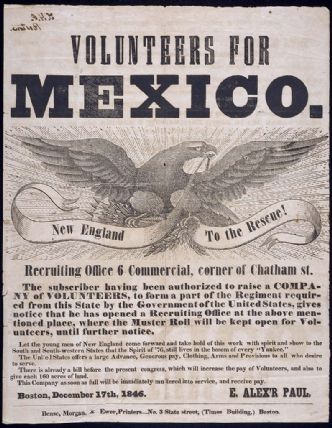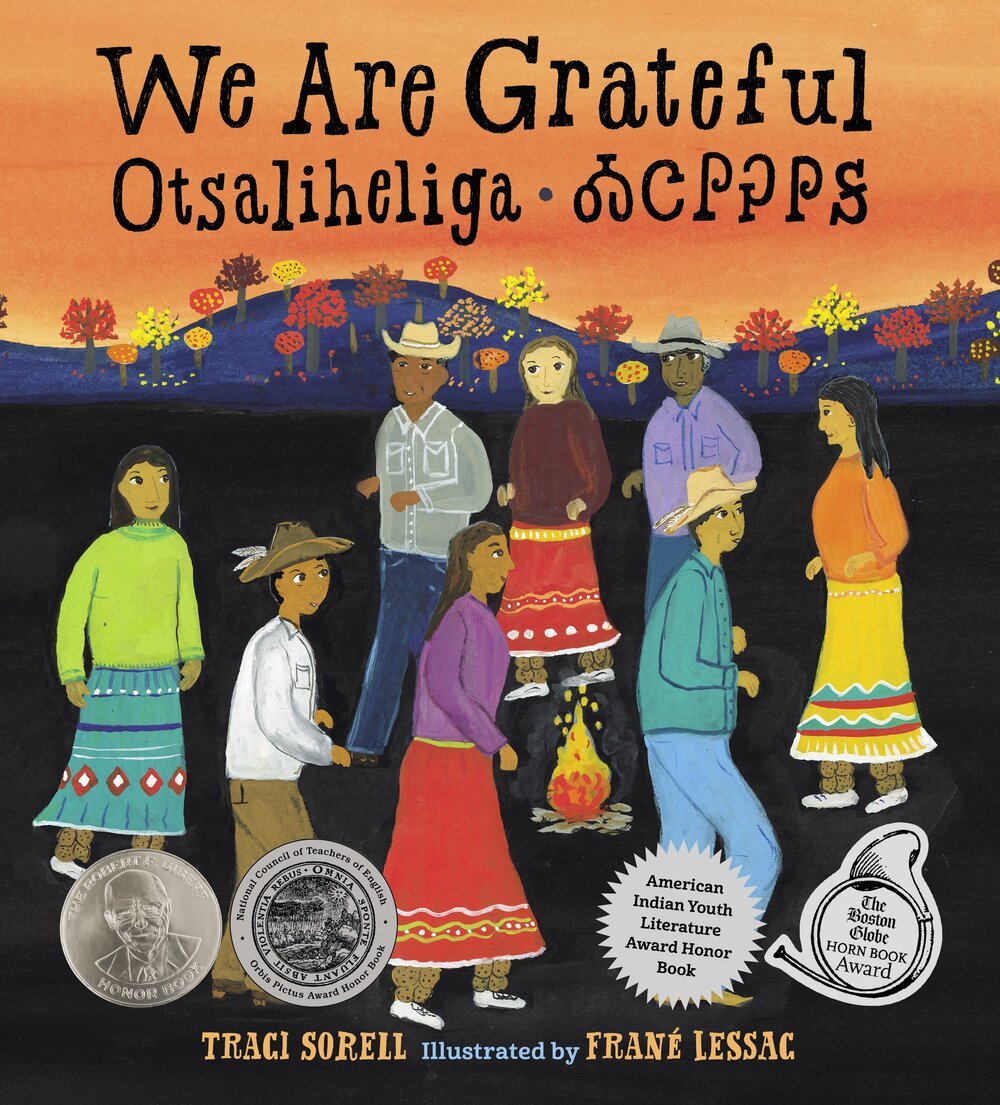As COVID-19 deaths spiked in 2020, Suzanne Firstenberg’s public art installation "In America: How could this happen…"
Museum Artifacts

Grade Range:
K-12
Resource Type(s):
Artifacts, Primary Sources
Date Posted:
3/23/2012
This is a set of eight "dropping sticks" used to teach acoustics. It was made in Paris by the famous scientific instrument maker Rudolph Koenig, sometime between 1858 and 1902. This particular set was used in the introductory physics class of the Worcester Polytechnic Institute.
These s

Grade Range:
K-12
Resource Type(s):
Artifacts, Primary Sources
Date Posted:
2/19/2009
This homemade costume was made for the Ponce carnival. It has a cape attached at the neck made from the same black and red striped fabric (black and red are the colors of the city of Ponce). Carnival participants who wear costumes like this one, in addition to a mask, and other carnival accoutrem

Grade Range:
K-12
Resource Type(s):
Artifacts, Primary Sources
Date Posted:
1/20/2011
The Distinguished Service Cross, the DSC, is the second highest award for valor bestowed on a solider. President Woodrow Wilson established the award on January 2, 1918. The DSC is awarded to a person who, while serving in any capacity with the army, distinguished himself or herself by extraordin

Grade Range:
5-12
Resource Type(s):
Artifacts, Primary Sources
Date Posted:
12/23/2010
Badge from the Pennsylvania GAR (Grand Army of the Republic) veterans group’s semiannual encampment on the 25th anniversary of the Battle of Gettysburg.

Grade Range:
5-12
Resource Type(s):
Artifacts, Primary Sources
Date Posted:
12/28/2010
These crutches were used by John Mosby during the Civil War. Mosby stated, “These crutches were made for me during the war by a slave named Isaac who belonged to my father. They were first used in August 1863 when I went home wounded. My mother kept them for me and I again used them in Septembe

Grade Range:
5-12
Resource Type(s):
Artifacts, Primary Sources
Date Posted:
12/22/2010
Recruiting poster printed with "Volunteers for Mexico." Broadsides (single sheets of paper usually printed on one side) served as public announcements or advertisements soon after the beginning of printing.

Grade Range:
5-12
Resource Type(s):
Artifacts, Primary Sources
Date Posted:
12/28/2010
The Army and Navy Prayer of the Confederate States, printed in Richmond in 1865.

Grade Range:
K-12
Resource Type(s):
Artifacts
Date Posted:
3/5/2009
Spinning wheels are believed to have originated in India between 500 and 1000 A.D. By the 13th century, they were seen in Europe, and were a standard piece of equipment for those making fiber into yarn. By the 17th century they were commonly found in homes in the colonies of North America.

Grade Range:
5-12
Resource Type(s):
Artifacts, Primary Sources
Date Posted:
6/11/2009
This is the sixth object in the Roosevelt/Saint-Gaudens object group.
In 1905, President Theodore Roosevelt asked sculptor Augustus Saint-Gaudens to lead an effort to redesign American coinage. Saint-Gaudens developed a design for what many consider the most be

Grade Range:
K-12
Resource Type(s):
Artifacts
Date Posted:
4/4/2016
This wooden grain fork was used during the late 19th century. Wide tined pitch forks like this were used to pitch hay, grains, straw, and other agricultural products. Before the mechanization of harvesting by combines, reaping, threshing, and winnowing were done by hand with simple tools like thi



















